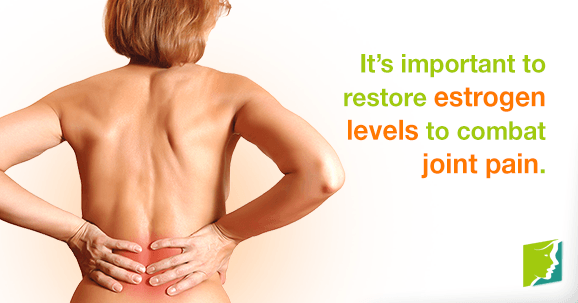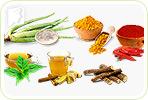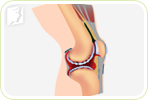Unfortunately, as women get older they may suffer from joint pain. Although this is a relatively commonplace ailment for both men and women advancing in years, joint pain can also be seen as a symptom of menopause that is relatively easy to combat with appropriate knowledge and treatment.
What Exactly Is Joint Pain?
Woman with sore back: Arthralgia is any pain, stiffness, or swelling in or around a joint.While there are over 350 joints in the body, it is usually a limited number of joints in high impact areas, such as knees, hips, and back, that become noticeably more painful in later years.
Keep it simple
Joint pain is so common in women going through menopause that in this instance is sometimes referred to as “menopausal arthritis”. The symptoms of joint pain can vary in severity from painful to unbearable.
What Are the Causes of Joint Pain?
There are many reasons which cause joints to ache. They may be the only symptom or one of many symptoms that you are experiencing. Some individuals experience joint aches when they have the flu, when the weather is cold and wet, after the play sports or sleep in a different bed. Joint aches can be caused by a wide variety of things and one needs to examine both their current activities as well as any other symptoms they may be experiencing to determine the cause of aching joints.
Illness causes the joints to ache because the immune system is working overtime and the white blood cells attack areas throughout your body, resulting in joint pain. Joint aches can also be caused by hurting muscles, ligaments, or bone and cartilage damage that surround the joints. Other reasons for joint pain can include:
What Are the Symptoms of Joint Pain?
The typical symptoms of joint pain include:
- Pain (in the area of the joint)
- Stiffness
- Swelling
- Warmth
- Arthritis
- Asceptic necrosis
- Bursitis
- Sickle cell anemia
- Steroid drug withdrawal
- Cartilage tears
- Bone tumors
- Fractures
- Septic arthritis
- Sprains
- Synovial sarcoma
- Tendonitis
What Are the Treatments for Joint Pain?
If you are suffering from “menopausal arthritis” or joint pain related to menopause and a reduced tolerance to pain because of lowered estrogen levels, the best course of action is to restore estrogen levels to normal through natural or synthetic means. Some alternative medicines target the core problem of estrogen deficiency by stimulating the body to produce its own source of hormones. Some natural remedies are highly recommended, and are particularly effective if combined with a healthy diet and exercise regime.
Other tips for treating joint pain include:
- Reducing overall body weight (to ease the stress on the joints)
- Cold pats on joints after physical activity
- Stretching and yoga
Visite your doctor if joint pain continues to get worse or is linked with many other debilitating symptoms.
Sources
- Hutchinson, Susan M.D. "The Stages of a Woman's Life: Menstruation, Pregnancy, Nursing, Perimenopause, Menopause." November 2007.
- Love, Susan M.D. Menopause and Hormone Book. New York: Three Rivers Press, 2003.
- BMJ Group. Menopause: What is it?" Patient Leaflet. 2007




